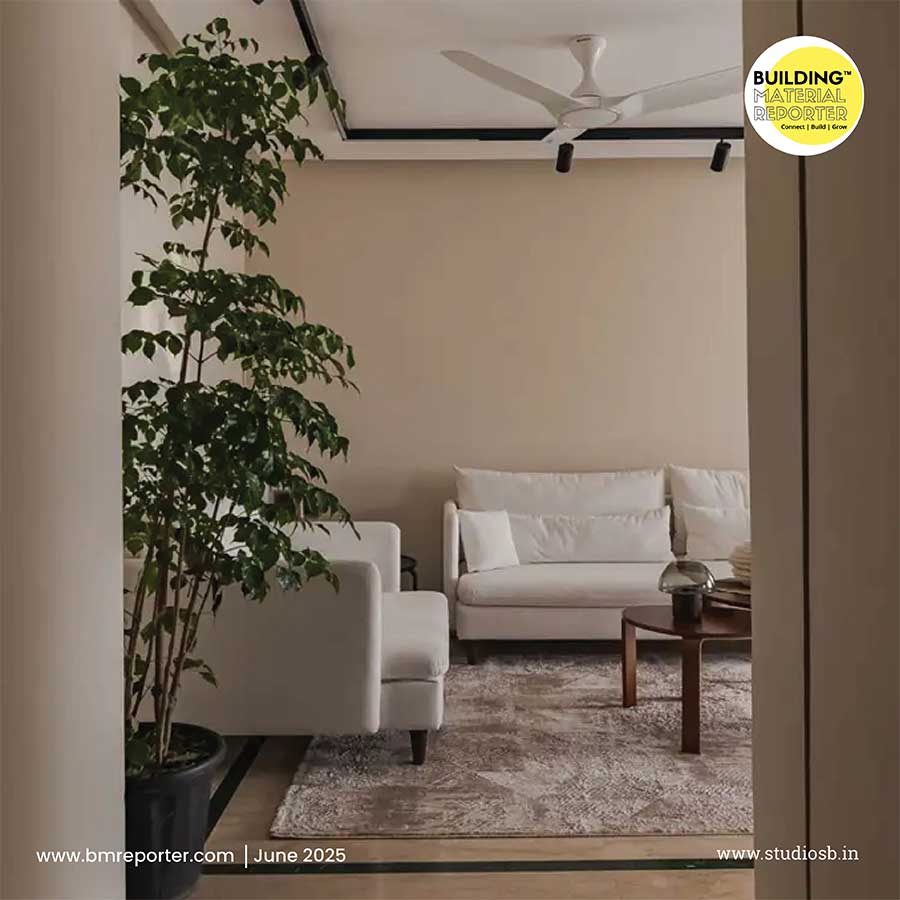Minimalist Architecture: Can’t Escape the Calm and Explicit Beauty!
- March 22, 2023
- By: Editorial Team
- INFLUENCERS

When considering minimalism, words and ideas like "less is more," "clean lines," "reduction," "uncluttered," monochromatic," spring to mind. Minimalist interiors are unquestionably beautiful, with their calm and simplicity. However, achieving this look requires more thought and effort than simply picking a few decorative items for a white background, which can leave a space impression of cold, sketchy, and unlived-in.
With minimalism, the focus can be elsewhere, besides the room itself. A room's decor may not be as important as the people using it, or the view from the window, for instance. Everything should be useful and enhance the room's worth. Even if a place still needs all of the objects in it to function, 'shape' is very significant in minimalist décor. For instance, a table and chairs are necessary for the dining area. It’s important for these pieces to interact and be related through elements like line, colour, mass, etc.
As we live and as we are, Simplicity – with a capital “S” – is difficult to comprehend nowadays. We are no longer truly simple. We no longer live in simple terms or places. Life is a more complex struggle now. It’s now valiant to be simple: a courageous thing to even want to be simple. It’s a spiritual thing to understand what simplicity means.” - Frank Lloyd Wright, architect
Minimalist Architecture

While facilitating form and structure and reducing content are goals of minimalist architecture, it also has a rich vocabulary of its own. The minimalist architecture employs austere design components that are devoid of embellishment or decor. Minimalists hold that reducing a design's substance and form to their bare minimum shows the true "essence of architecture."
Decluttering our houses and living a simpler existence will enable us to cope with the overwhelming nature of the modern world, according to media exponents who have turned minimalism into a modern lifestyle catchphrase. On the other hand, minimalist design has a long history in the fields of architecture, home decor, art, design, culture, and essentially every other aspect of design.
Prioritising the essentials is a key component of minimalist design. To reach a pure form of elegance, a minimalist building, product, or interior design is reduced to its essential components, created using few materials, neutral colours, simple forms, and avoiding unnecessary adornment. Achieving this kind of potent simplicity is everything but straightforward, despite the fact that the final manifestation of a simple look could appear as simple, as sparse as a verse, and as clear as a bell.
A Brief Overview of Minimalist Design Characteristics
- Consider functionality
- Neat, basic lines
- Figurative forms
- Decor without unnecessary adornment
- A monochromatic, constrained colour scheme, with the occasional use of colour as an emphasis to create a calming atmosphere
- Use of only a few, carefully chosen materials, such as wood, glass, steel, and concrete
- Using space and daylight
- Set sights on craftsmanship
- Spacious, minimalist interior decor that frequently has open floor plans and seamlessly blended with storage

Minimalist design has gained popularity over the past century, yet for every proponent, there is a realist critic who dismisses it as boring or sterile, lacking in imagination and emotion. Although minimalist architecture and product design can occasionally be affordable, ecologically friendly, and may contribute immensely to the democratization and affordability of good design, it has also come to be associated with a rarefied pursuit of the ideal object, a luxury that only a select few can afford and that can result in its own kind of unrelenting excess.
The trend offers a new way to live with spacious interiors and clean designs free of needless ornament. Our opportunity as architects is to gain insight into managing complexity and understand that the art of style is to build complex things simply. The pure sensibility work develops not from a predefined architectural style but from the intention to create a space that’s clear, intelligent, and serves as a backdrop to the function that is housed within it.








